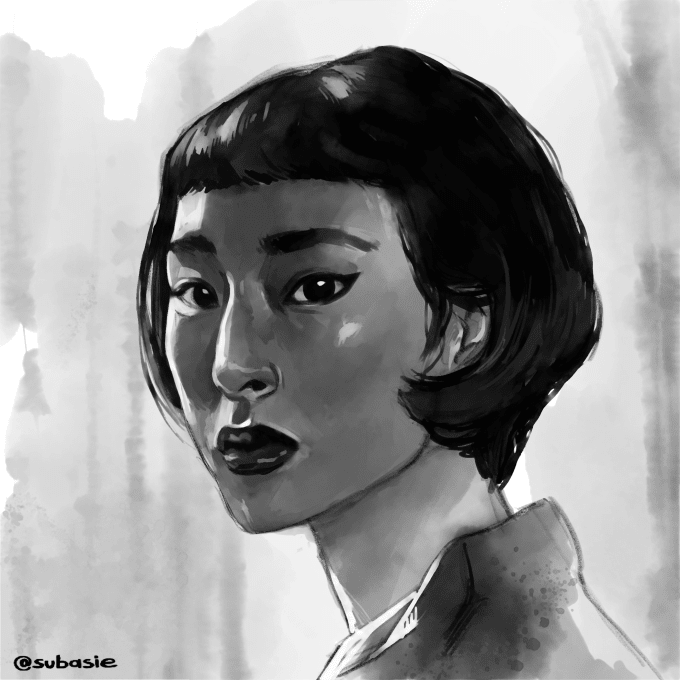With the accomplishment of the cell phones and tablets, advanced graphical and painting exercises become progressively famous. Other than watching recordings or altering pictures, painting can be considered as the most imaginative action on portable advanced gadgets.
Advanced artistic creation brings to us quantities of amazing assets and highlights. Numerous computerized painting strategies don’t exist in customary work of art craftsmanship. We can see bunches of advanced craftsmen making mind boggling fine arts, with magnificent impacts and hues.

Exclusive on subasie
Beginning on PCs manifestations, with the blasting of portable computerized gadgets (cell phones and tablets) advanced work of art turns out to be currently increasingly more mainstream among craftsmen, originators and workmanship darlings. Painting applications running on cell phones become increasingly flexible, and furthermore progressively incredible.
Other than essential canvas applications for children or supreme learners, top notch proficient applications can be found available. The expert application level must offer more alternatives and highlights to the clients. In any case, with more alternatives and highlights, the applications become progressively refined and more convolute to utilize.
In this article I’ll discuss the point which I do consider to be the core of painting applications: the brush impacts. I’ll not specify the thousands unique models of brush heads. Indeed I’ll attempt to clarify how they work and how they are sorted out. At that point how you can exploit on versatile computerized painting.
THE BASIS
Fundamentally, it’s straightforward the instrument of a brush stroke:
1/Take a fundamental picture, similar to a circle.
2/Then print it once on the screen: you get a printed circle.
3/Following a straight line, print the picture a few times: you have a few arranged circles. The spaces between the circles is still huge.
4/Now close up the circles until they cover one another: at last you get a straight line… made with circles.
MORE OPTIONS
On the base of the brush stroke made with circles, we can include a few varieties of its perspective:
1/The size: numerous applications give the portrait likelihood to modify the size of the brush with a cursor (or some other reasonable instrument). You can likewise discover a few applications, for an explanation of straightforwardness, preset all the brush sizes, at that point the client can’t change them, yet can choose between a few preselected brushes as per their size.
All the 2 arrangements have its favorable circumstances, it’s an issue of engineer’s decision.
2/The mistiness (shading immersion): this parameter will add or expel straightforwardness to the hues. To become dull a shading, you simply include more straightforwardness. Furthermore, with 0% of straightforwardness, the shading is absolutely murky (100% immersion).
3/The space between 2 brush heads: this parameter can get you mistook for the mistiness change. Indeed, outwardly murkiness and separating produce a similar impact, yet they are very surprising. Why dividing produce darkness? On the off chance that you overlay a few low-thickness pictures, you’ll clearly get a darker picture. In the other hand, on the off chance that you increment the haziness (immersion) of a low-thickness picture, it obscures as well.